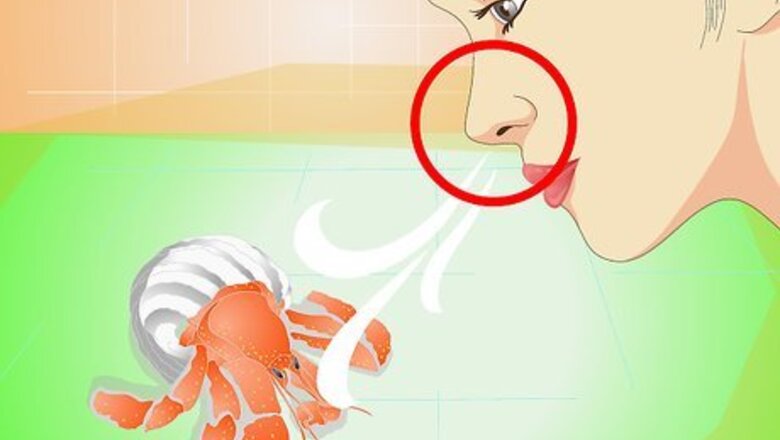
views
Checking for Signs of Life
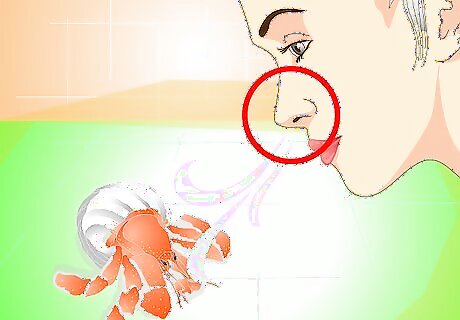
Sniff around for a fishy, rotten smell. This is the surest way to identify a dead hermit crab. If your hermit crab dies, it will begin to decompose – and its carcass will begin to smell putrid. If you can't smell anything, pick the crab out of the tank to get a closer whiff. If you smell a salty, rotten scent, there's a good chance that your crab has passed away.
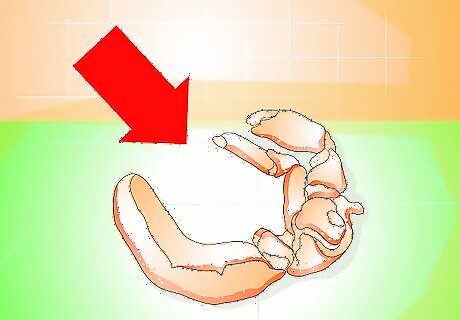
Assume that your crab is molting. Hermit crabs periodically shed their exoskeleton, and this process often involves losing body parts. The crabs are immobile for a short time while it regains muscle control and its new exoskeleton hardens up. If you disturb your crab while it is molting, you may seriously endanger it – so be patient. Assume molting before death.
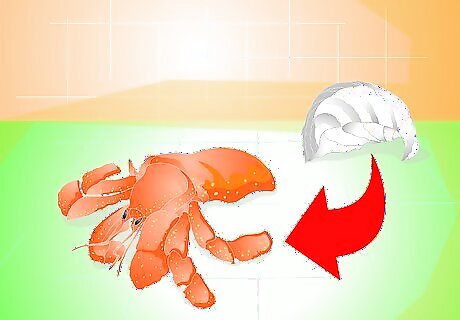
Notice when a crab is laying outside its shell without any signs of transitioning. This can be a sign that the crab is dead, or it can just be a by-product of the molting process. If you find what appear to be a dead crab next to a shell, have a closer look to see if it is just an exoskeleton. If is it hollow and crumbles easily, it is an old exoskeleton. Look inside the nearby shell, and you might find a freshly-molted crab hiding out. If the immobile crab is obviously not an exoskeleton, try picking it up to see if it moves. If it does not react, it's probably dead.
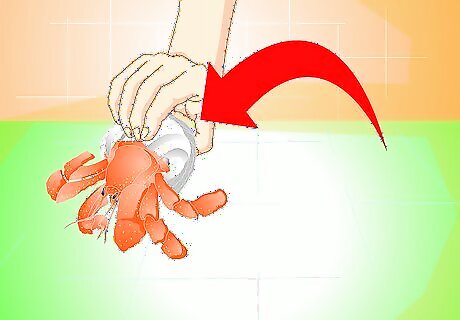
Move the crab and observe the results. If you can't figure out whether your crab is dead, move it to a new location and note exactly how it is positioned. Try placing food on the other side of the tank to give the crab a motivation to move. Leave the tank, then come back to check within the next few hours. If the crab moved while you were gone, then you know it's alive. If not, it may be sleeping or molting.
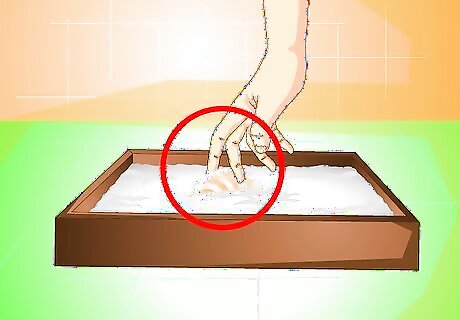
Keep an eye on a buried crab. It is perfectly natural for hermit crabs to bury themselves; this can indicate that the crab is molting, or just that it feels threatened and/or scared. Smooth the sand around his hiding spot, then look for tracks to get an idea if he is coming up at night for food. If it has been weeks since your crab buried itself, you can carefully sweep off a bit of sand from around his hiding spot to check for a rotting smell.
Caring for a Molting Crab
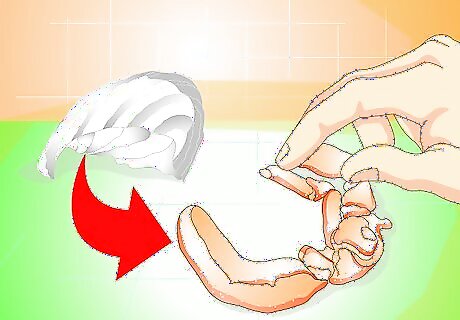
Determine whether your crab is molting. Your crab may be molting if it is out of its shell and not moving. Signs of molting include general lethargy, less antennae activity, tangled and confused-looking antennae, an ashy exoskeleton, and dull eyes (like human cataracts). Your crab may remain still for long periods of time, and it may even bury itself in the sand as a safety tactic. Smaller, quickly-growing crabs can molt every few months, while larger crabs tend to molt about once a year. Note the dates and duration every time that your crab molts; this way, you'll know what to expect. If your crab is new, or if you haven't seen it molt before, you'll need to wait it out until you're certain. Wait several days. If there is no fishy smell, there's a good chance that your crab is molting. Molting usually lasts about two weeks, so you may need to wait some time before you are absolutely sure.
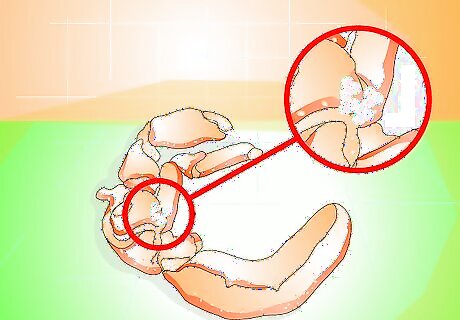
Look for a "fat bubble". Consider whether your crab has been eating a lot over the past few days. Before a molt, a crab will store extra fat and water in a small blackish "bubble" – usually on the left-hand side of the abdomen, just under the fifth pair of legs. However, do not assume that a crab is molting just because he has made a bubble.
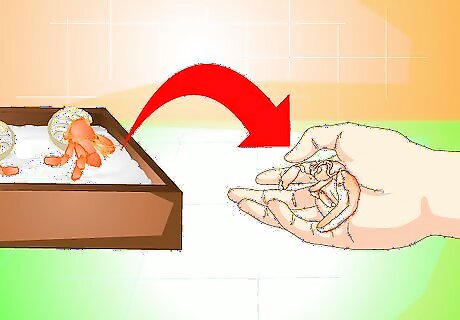
Isolate a molting crab from other crabs. Molting crabs are vulnerable to stress and injury from other hermit crabs due to their inactivity and their soft new exoskeleton. If one of your crabs is molting, and you have other crabs in the same tank, put the molter into a temporary "isolation tank" so that it can shed in safety and privacy. It is very important that hermit crabs are not disturbed during the molting process. If you only have one tank, improvise an "isolation cell" within that tank. Cut off the ends of a 2-liter soda bottle, then sink the edges into the sand to protect the molting crab. Be sure that the top of the "isolation cell" is open so that oxygen from the surface can replenish the space.
Disposing of a Dead Crab
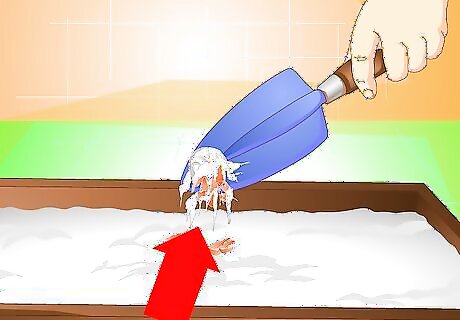
Dig up a buried crab and dispose of it if you smell a rotting-fish odor. To be sanitary, scoop the dead crab up along with the sand it was buried in. Dispose of the crab and the sand in one swoop. Make sure to wash your hands thoroughly with antibacterial soap after handling a dead crab.
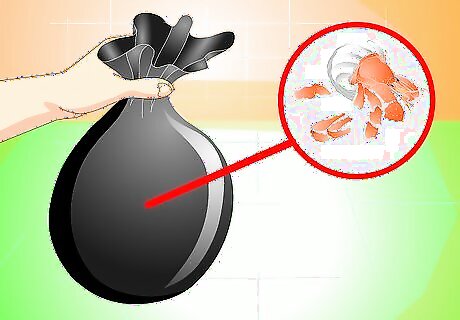
Throw your dead crab out with the garbage. If you have no qualms about trashing your deceased crustacean, you can simply place the carcass into a standard waste bin and put it out for garbage collection. Put the body into a Ziploc bag, lay it carefully into the trash, and let it be.
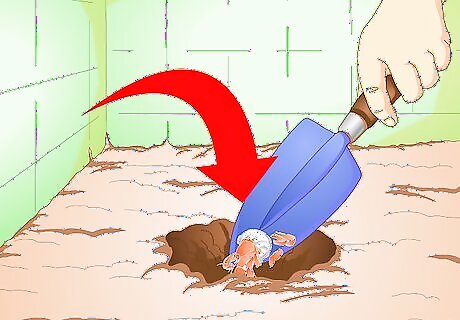
Bury your dead crab. If you can't bear the thought of throwing out your crustacean friend, consider burying him beneath a foot of soil. This is a very personal decision, and you need to do what you must to feel okay about the situation. Make sure that you bury him deep enough that other animals—dogs, cats, raccoons, etc.—cannot dig up the body. Feel free to bury the dead crab along with the sand from his cage or tank. The sand may be contaminated, and burying is a great way to safely dispose of it.
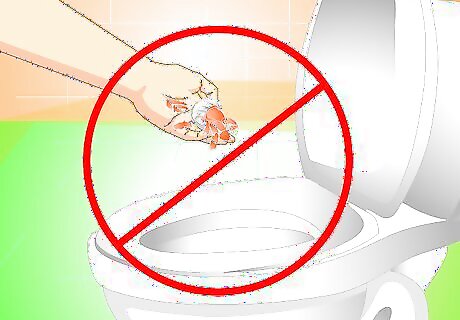
Do not flush your dead crab down the toilet. The flush may seem like a quick and easy solution, but it is not a sanitary choice. There's a chance that a rotting carcass will contaminate the water supply. Bury or trash your dead hermit crab instead.
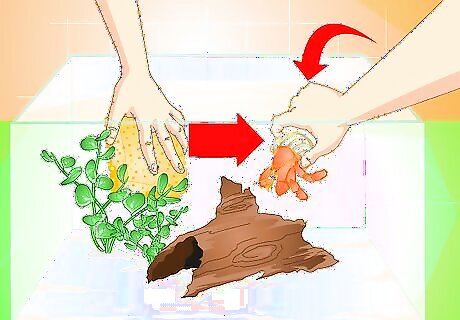
Prepare the tank for a new crab. If you want to replace your departed hermit crab, clean the tank before you introduce your new pet. Clear away any sand that may have been contaminated by a rotting dead crab; clean the sides of the tank; replace any water.



















Comments
0 comment